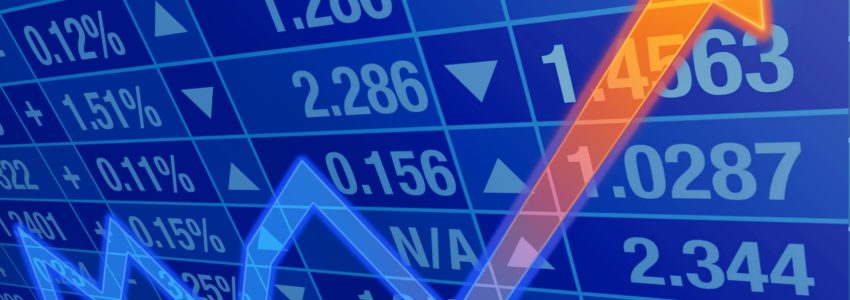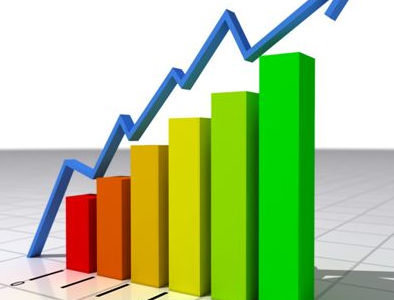Before the crash of the stock market in 2007, I could still remember how I lost 70 million naira worth of stocks. Although, I perceived that most the stocks that were on the rise have no basis, in fact some of them have closed down years ago.
I had the facts, knowledge but it was too good to be true so I had to put all my investment in those stocks which made me lost that kind of amount. Usually, I would sell the stocks then give each investors their money then go home and be watching but non compliance with fact led me into such mess.
In today’s blog we will be looking at Diversify Your Portfolio To Safeguard Against A Market Downturn
As an investor, you’ve likely enjoyed a steadily rising market one time or the other. But what can easily be forgotten amidst a rising market is the perils of a downturn, and how much return it would take to recover losses. The truth is, recovering losses is much more difficult than many investors may realize. It’s important that you take a careful approach when building your portfolio to minimize risk and losses.
Understanding the pit falls of losing money can help mitigate loss aversion, which describes people’s tendency to prefer avoiding losses to acquiring gains.
Let’s take a N100,000 portfolio for example. If that portfolio loses 30% (N30,000), what is the percentage that the remaining N70,000 must earn in order to get back to N100,000? Many think that a 30% gain would be needed to get back to breakeven, but that’s incorrect. Let’s break it down a little bit further. A 30% gain on the remaining N70,000 is only N21,000 and would only bring the portfolio to N91,000. In reality, it would take a 42.9% gain just to recover the 30% that was initially lost. See the below for some more examples:
- For a 20.0% loss, you will need a 25.0% return to break even
- For a 30.0% loss, you will need a 42.9% return to break even
- For a 40.0% loss, you will need a 66.6% return to break even
- For a 50% loss, you will need a 100.0% return to break even
- For a 60.0% loss, you will need a 150.0% return to break even
As demonstrated above, the required return rate for breakeven increases at a much faster rate as the loss increases.
You’ve heard it before: Protect your portfolio by diversifying
The inherent difficulty of regaining losses in a downturn is just another reason why diversification of your portfolio is critically important.
A diversified portfolio (one containing multiple investment vehicles) will likely contain a mixture of stocks, bonds and cash. As opposed to having all of your money tied up in one stock or asset class, a diversified portfolio can help offset swings in the market.
Understanding your risk tolerance, or how well you can handle big swings in the market, will allow you to set your financial goals accordingly. Setting realistic financial goals is a key step in developing an investment strategy for your portfolio. If you have a higher risk-tolerance (you can handle big swings in the value of your portfolio), your portfolio would contain more stocks than bonds. An example of a high-risk portfolio would be 80% stocks, 20% bonds. Adversely, an example of a lower risk portfolio would be 40% stocks and 60% bonds. In understanding your risk tolerance and goals, you will have a better understanding of how you are investing your money, and why you are investing in that manner.
Stay informed on market activity
After establishing a well-balanced portfolio, it is important that you avoid the “set it and forget it” mentality. Checking on your investments regularly and staying informed about market news will help you know if and when you need to get out of a particular investment. In addition, attend seminars and webinars organized by top experts in the field; you can join my facebook page www.facebook.com/investdata on a weekly basis for live webinars and also ask any questions regarding stock markets In case you find your portfolio deviating from your original investment plan, re-adjusting your investment allocations, or re-balancing, will help keep your portfolio in line with your investment goals.
In conclusion, taking the time to craft a well-thought out plan for building a portfolio can help minimize losses and help you achieve your financial goals. Having a well-balanced portfolio can help reduce losses and make recovery much more manageable.





